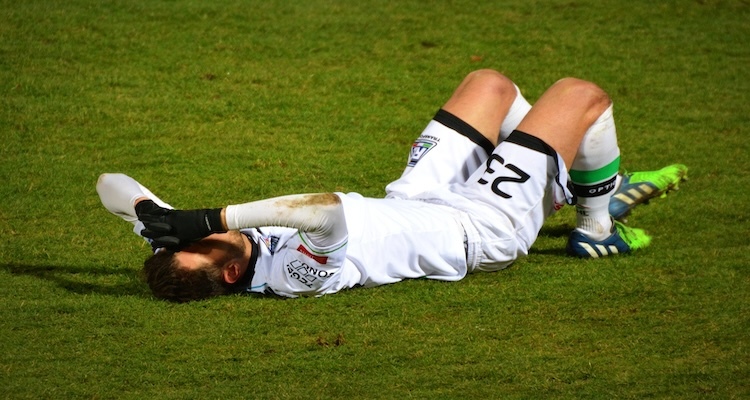
Engaging in sports is a fantastic way to maintain a healthy lifestyle, both physically and mentally. However, the thrill of competition and the desire to push our limits can sometimes lead to injuries. In this article we guide you through effective strategies to prevent injuries and ensure a safe and enjoyable sporting experience.
One of the most crucial steps in injury prevention is a proper warm-up. Before diving into any sport, spend at least 10-15 minutes engaging in light aerobic activity to increase blood flow to your muscles. Follow this with dynamic stretching, focusing on the muscle groups you'll be utilizing during the activity. Dynamic stretches such as leg swings, arm circles, and lunges prepare your body for the physical demands ahead, enhancing flexibility and reducing the risk of strains.
Building a strong foundation is key to injury prevention. Incorporate strength training exercises into your routine, targeting all major muscle groups. A well-rounded strength training program enhances muscular balance, stability, and joint support. Core exercises, in particular, play a crucial role in providing stability to the spine and reducing the risk of back injuries. Include both compound and isolation exercises to ensure a comprehensive approach to strength development.
Mastering the correct technique for your chosen sport is fundamental. A personal trainer can provide invaluable guidance to ensure you execute movements with precision, minimizing the risk of injuries. Whether it's weightlifting, running, or playing a team sport, improper technique can lead to overuse injuries, strains, and more severe conditions. Take the time to learn and practice the correct form under the supervision of a qualified professional.
Avoid the temptation to push your limits too quickly. Gradual progression is essential to allow your body to adapt to increasing levels of intensity. Sudden spikes in training volume or intensity can lead to overtraining and increase the risk of injuries. Set realistic goals, listen to your body, and progress at a pace that allows for proper adaptation. This approach not only prevents injuries but also promotes long-term athletic development.
Rest and recovery are as crucial as the training itself. Adequate sleep, proper nutrition, and active recovery techniques are vital components of injury prevention. During rest periods, your body repairs and strengthens itself. Overtraining, on the other hand, weakens the immune system and increases the likelihood of injuries. Incorporate rest days into your training schedule, and consider activities such as yoga or foam rolling to enhance flexibility and reduce muscle soreness.
Using the right equipment and gear is often overlooked but can significantly impact injury prevention. Ensure your equipment is in good condition and suitable for your chosen sport. Invest in quality footwear with proper support and traction, as well as any necessary protective gear such as helmets, knee pads, or braces. Ill-fitting or worn-out gear can compromise your safety and increase the risk of accidents.
Proper hydration and nutrition are cornerstones of overall health and injury prevention. Dehydration can impair physical performance and increase the likelihood of muscle cramps and fatigue. Maintain a well-balanced diet rich in nutrients, including carbohydrates, proteins, fats, vitamins, and minerals. Adequate fueling before, during, and after exercise ensures your body has the energy and resources to perform optimally and recover effectively.
Incorporating these strategies into your sports routine will significantly reduce the risk of injuries, allowing you to enjoy the physical and mental benefits of regular physical activity. Remember, injury prevention is a holistic approach that combines proper warm-up, strength training, technique, gradual progression, rest, appropriate gear, and a focus on hydration and nutrition.
If you would like to know more about injury prevention it is always best to speak to an expert. To find an sport injury specialist such as a physiotherapist, osteopath, sports therapist or chiropractor, then do search our global directory of sports performance specialists.
